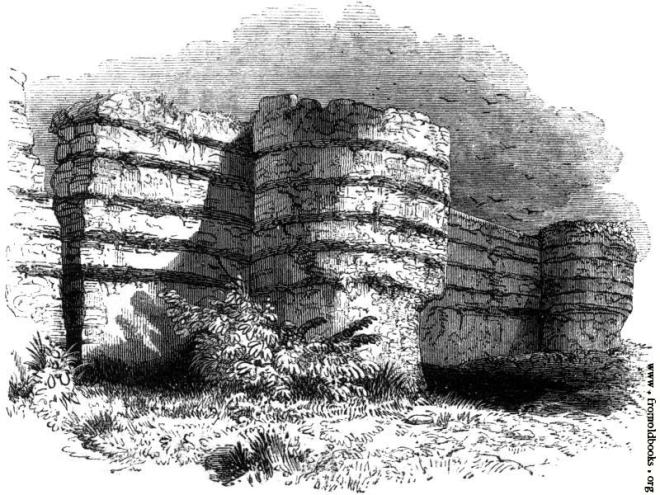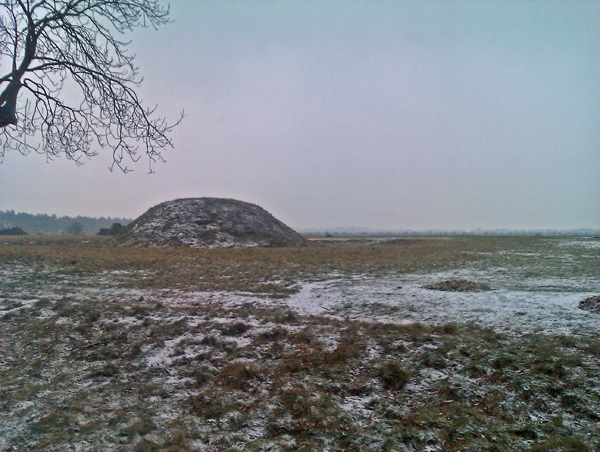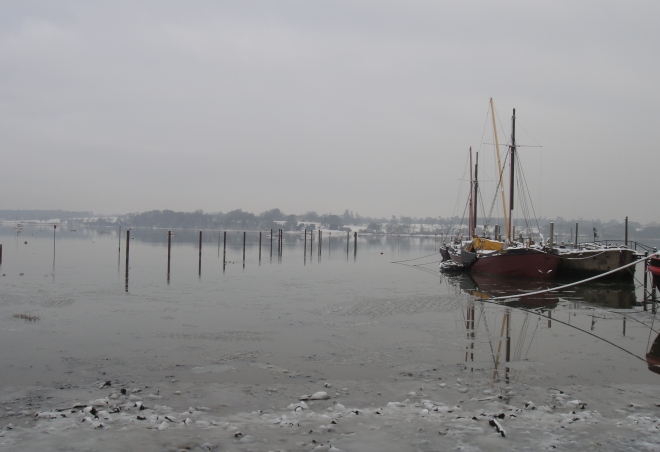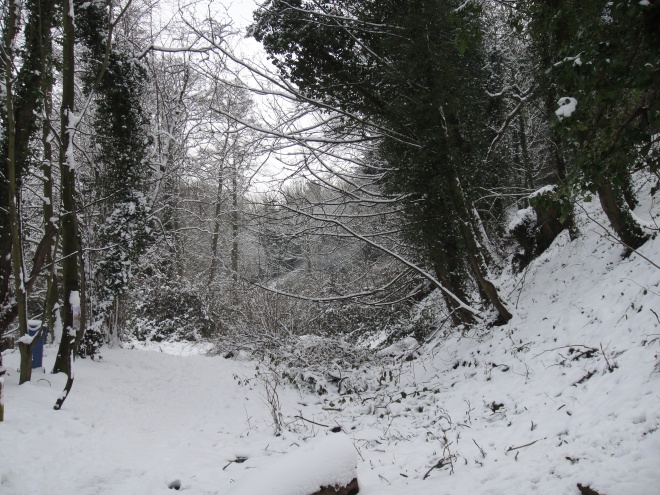 So why St Fursey? Isn’t he a Norfolk Saint? What place does he have in this Suffolk blog? Well, Fursey was based at Burgh Castle just over the border in what is now Norfolk, but was in Suffolk during my lifetime (just!). The change came with the extensive local government reorganisation of 1974 that included a lot of controversial county moves – such as the rather shocking move from Yorkshire to Lancashire of my husband’s home village! Simon Knott’s Norfolk Churches website says the parish was ‘unfortunate enough to be dragged into the northern county’ – but I’m saying nothing, having lived in both Suffolk and Norfolk… I made a decision in writing the Folk Tales book to stick to the modern county boundaries for my tales, so as not to tread on the toes of my fellow writers in Norfolk, Cambridgeshire and Essex. So, you won’t find a retelling of Fursey’s experiences in Suffolk Folk Tales, but rather in Hugh Lupton’s Norfolk Folk Tales. But, in this blog I have a little more freedom, so here he is.
So why St Fursey? Isn’t he a Norfolk Saint? What place does he have in this Suffolk blog? Well, Fursey was based at Burgh Castle just over the border in what is now Norfolk, but was in Suffolk during my lifetime (just!). The change came with the extensive local government reorganisation of 1974 that included a lot of controversial county moves – such as the rather shocking move from Yorkshire to Lancashire of my husband’s home village! Simon Knott’s Norfolk Churches website says the parish was ‘unfortunate enough to be dragged into the northern county’ – but I’m saying nothing, having lived in both Suffolk and Norfolk… I made a decision in writing the Folk Tales book to stick to the modern county boundaries for my tales, so as not to tread on the toes of my fellow writers in Norfolk, Cambridgeshire and Essex. So, you won’t find a retelling of Fursey’s experiences in Suffolk Folk Tales, but rather in Hugh Lupton’s Norfolk Folk Tales. But, in this blog I have a little more freedom, so here he is.
Fursey was an Irish monk, one of the other team to Felix, who was a member of the Roman mission. The Irish sent out many missionaries to the Anglo Saxons until the Synod of Whitby in 664, when Roman Christianity trounced so-called Celtic Christianity in what would become England (at least that’s the story we think we know – as ever the truth is probably a lot more complex). Fursey was probably a royal prince himself, son of Finlog of Munster, and entered the religious life at an early age under the care of St Brendan. His first miracle was to raise two sons of a chieftain from the dead.
In the 630s he was called in a vision to East Anglia, and, apparently on meeting the king’s daughter, according to this 9th century text, he was granted land:
The daughter of the king in the eastern country bestowed land on Fursa. She said to Fursa, ‘What manner of man art thou?’ said she. ‘Like an old smith,’ said he. ‘with his anvil on his shoulder.’ ‘The anvil of devotion?’ said she. ‘Perseverance in holiness,’ said he. ‘A question! If God should give thee a block where thine anvil might be planted, wouldst thou abide there?’ ‘It would be likely, indeed,’ said he. Then she bestowed on him the spot where he was.[1]
That was at Cnobheresburg, according to Bede, which has been associated with the Roman fort at Burgh Castle since William Camden’s Britannia was published in 1586. There is, it must be admitted, no sign of any monastic activity at Burgh Castle, so the place’s claim is as shaky as Dunwich’s claim to be Dommoc, Felix’s foundation, but no storyteller lets details like that get in the way of a good story, especially when there is no other contender for the site. It was probably actually Sigeberht who requested Fursey’s aid, as there is no record of Sigeberht having married or having had children, but who knows?
Fursey brought a perhaps more exciting Christianity to East Anglia than the more pragmatic Felix, as he lived as much in the world of the spirit as the mundane world. He was beset with visions both before he came to East Anglia, and these continued while he was there. In these visions he was visited by angels and demons who showed him the evils inflicting the world: falsehood, greed, discord and cruelty, as well as great host of saints and angels. He bore the scars of one of these encounters for his whole life, when, about to return to his sleeping body, he was caught by a demon who thrust a burning soul in torment up to him, scorching his face and shoulder. Fursey recognised the man, and realised that he had accepted the man’s clothes when he died, so he was at fault. When he awoke, the scars were still on him.
There were miracles in East Anglia, too. Like many saints, he was able to bring forth a harvest a few days after planting the seed. In a time of famine, his monks began to fear they would starve. Fursey rounded on them, saying ‘those who love god by embracing poverty shall never be deserted in their hour of need’, and he and his fellow monk St Lactain went out and planted barley, even though it was not the season for it. Everyone shook their heads, saying it was too late for that, but in three days the barley was above the earth, ripe and ready for harvesting. That’s a tangible miracle for people who, unlike us (or so we like to think…), were reliant on their harvests for life or death.
He had another go at raising people from the dead as well. Interestingly, this story links to another tale in the book, the Bells of Minsmere, as it concerns what was probably the first Christian bell in East Anglia. When the monks had finished the church at Cnobheresburg they were missing one vital ingredient of Irish worship, the hand bell Fursey would use to call the monks to prayer. Bells were of great significance in the Irish church, with shrines for saints like Patrick being made in the shape of bells. Patrick had carried bells with him to give to the new religious houses he founded, but bells were not easy to get hold of in England, particularly in such a far flung place as East Anglia. Soon after, a widow brought her son for burial at the abbey, and as she was bringing him into the new church a bright light filled the space and when the light dimmed to manageable levels they saw a stranger standing in their midst. Solemnly the man handed Fursey a finely wrought bell of pure silver, and then in another brilliant flash of light, he was gone. For a long moment the church was silent, save for the muffled weeping of the mother, then Fursey rang the bell, and the purest sound that any had ever heard rang out, and as soon as it did the young man on the funeral bier sat up, alive and full of health, and the funeral procession became a triumph of joy.
Sarah Atkinson in her essay of 1907 about St Fursey[2], says that the bell was believed to protect anyone who lived in the area where you could hear the bell would be protected from injury during storms – a very useful tool for the fishing communities nearby to Burgh Castle – Caister, Yarmouth, Gorleston, Lowestoft and the other smaller settlements. It is implied that this protection continued on after Fursey left – so perhaps it went to the little church of St Peter and St Paul in the village. The earliest fabric of the church is 11th century, but maybe it was much earlier. I am not aware that the bell is there now!
St Fursey stayed in East Anglia for 12 years, the last period of that as a hermit with just one of his Irish brethren, Ultan, for company. When Penda came rampaging across East Anglia, Fursey (probably correctly) foresaw that his monastery would be destroyed, and he and his monks left for Gaul, where Fursey set up a new monastery under the auspices of King Clovis. He died not long after. But I’ll let Bede have the last word. Despite being a devout follower of the Roman church, Bede admired many of the Irish saints, and Fursey was no exception. In his short history of Fursey Bede says:
‘An old brother of our monastery, who is still living, testifies that he once knew a truthful and devout man who had met Fursey in the province of the East Angles, and heard these visions from his own mouth. He added that it was a frosty and bitter winter’s day when Fursey told his story; and yet, though he wore only a thin garment, he was sweating profusely as though it had been summer, either because of the consolation or the terror of his recollections.’[3]
[1] ‘The Monastery of Tallaght’, ed. E. J. Gwynn & W. J. Purton, Proceedings of the Royal Irish Academy 29C (1911-12) p. 134
[2] Sarah Atkinson St Fursey’s Life and Visions and Other Essays (Dublin: M H Gill & Sons, 1907), p. 265
[3] Bede Ecclesiastical History of the English People trans. Leo Sherley-Price (London: Penguin, 1990), p. 175
Other sources for the article are:
Steven Plunkett Suffolk in Anglo-Saxon Times (Stroud: Tempus, 2005)
Hugh Lupton Norfolk Folk Tales (Stroud: The History Press, 2013)
Image source: Knight, Charles: “Old England: A Pictorial Museum” (1845), 129.—Wall of Burgh Castle sourced from www.fromoldbooks.org





